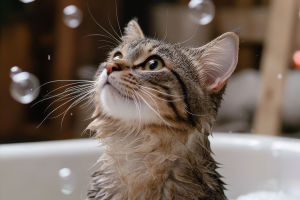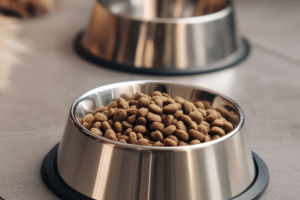When we think of birds, we usually imagine them soaring through the sky. But penguins challenge that idea. These cute, tuxedo-wearing creatures are birds that cannot fly—and yet, they thrive in some of the world's toughest environments.
So why can't penguins fly like sparrows or seagulls? Let's explore the fascinating science behind their grounded wings.
Penguins Have Wings, Just Not for Flying
Yes, penguins have wings—but they're shaped differently. Instead of long, light wings made for gliding, penguin wings are short, flat, and stiff. They're built more like flippers, perfect for moving through water, not air.
If you've ever watched a penguin swim, you'll see it glides through the ocean with incredible speed and grace, using its wings just like a seal or dolphin uses its fins. So, in a way, penguins didn't lose flight—they simply switched it from air to water.
Flight Takes a Lot of Energy
Flying requires lightweight bodies, strong chest muscles, and hollow bones to reduce weight. But penguins live in cold, harsh regions and need thick layers of muscle and blubber to stay warm.
Their bones are dense and solid, which helps them dive deep without floating back up too quickly. But this also means they're too heavy to take off into the sky.
In short, flying would cost penguins too much energy, and it wouldn't suit their icy lifestyle. Nature found a better solution.
The Ocean Is Their Sky
Penguins may not fly in the air, but they "fly" in the water. In fact, they're some of the best underwater swimmers in the bird world.
Some penguins can reach speeds of up to 15 km/h (9 mph) and dive more than 500 meters deep. Their sleek bodies and strong flipper-wings give them speed, control, and precision—perfect for chasing fish and avoiding predators.
So while they're not airborne, penguins are still very much in motion, just in a different medium.
Evolution Chose Swimming Over Flying
Millions of years ago, penguins likely had ancestors that could fly. But as they adapted to life by the ocean—where food was plentiful and predators were fewer—evolving into expert swimmers became more useful than flying.
Over time, their wings changed shape, and their body adapted for diving instead of gliding. This is a classic example of evolution making trade-offs: give up one skill to become better at another.
And for penguins, it worked out wonderfully.
Walking Waddles, But It Works
On land, penguins waddle rather than walk gracefully. This is because their legs are set far back on their bodies—another result of their swimming-focused design.
It may look clumsy, but it's actually energy-efficient over long distances. Some penguin species even slide on their bellies over ice to save energy!
They may not win a land-speed race, but in water, they're true athletes.
Let's Appreciate Penguins Differently
Flight is amazing—but it's not the only way to succeed in nature. Penguins remind us that being grounded isn't a weakness. Sometimes, it just means you're built for a different kind of greatness.
Whether they're diving through icy waves or waddling across snow, penguins have carved out a unique place in the bird world—without ever leaving the ground.
Let's Talk, Lykkers!
Have you ever watched penguins swim at an aquarium or on video? They look like they're dancing underwater, right? 🐧💦
Tell us what you love most about these charming birds—or drop your favorite penguin fact in the comments!


